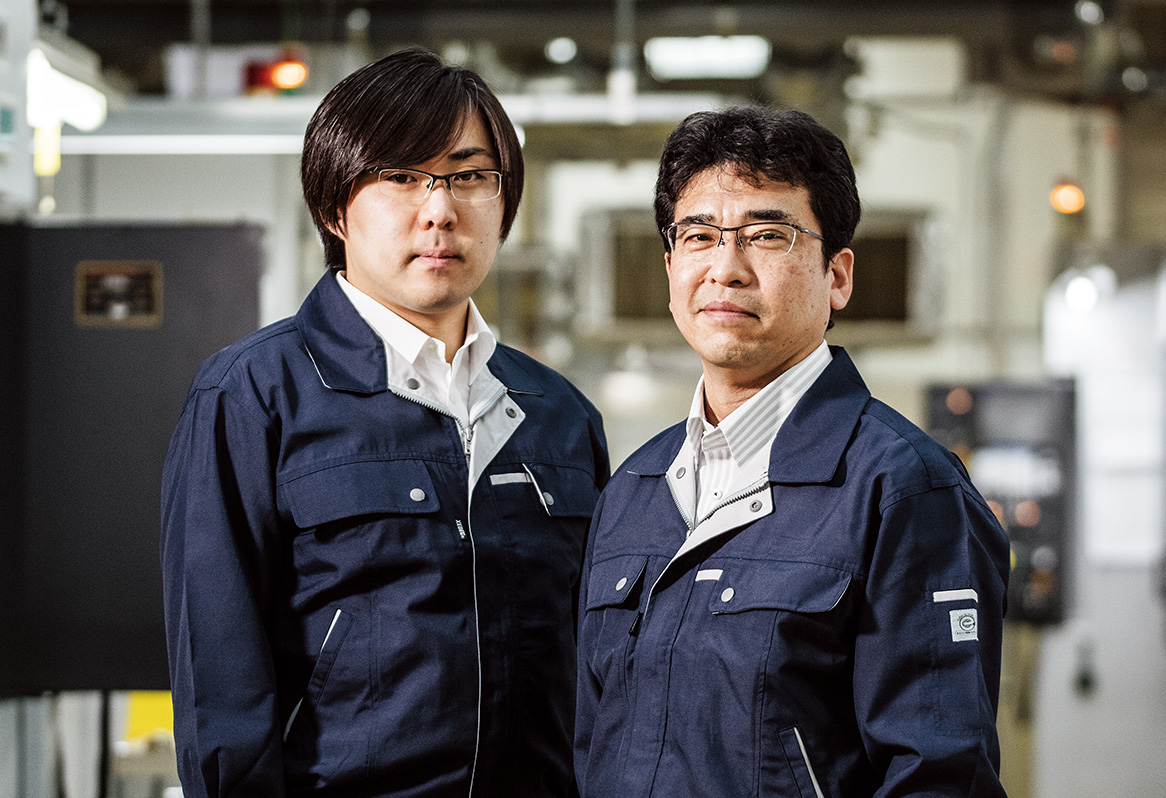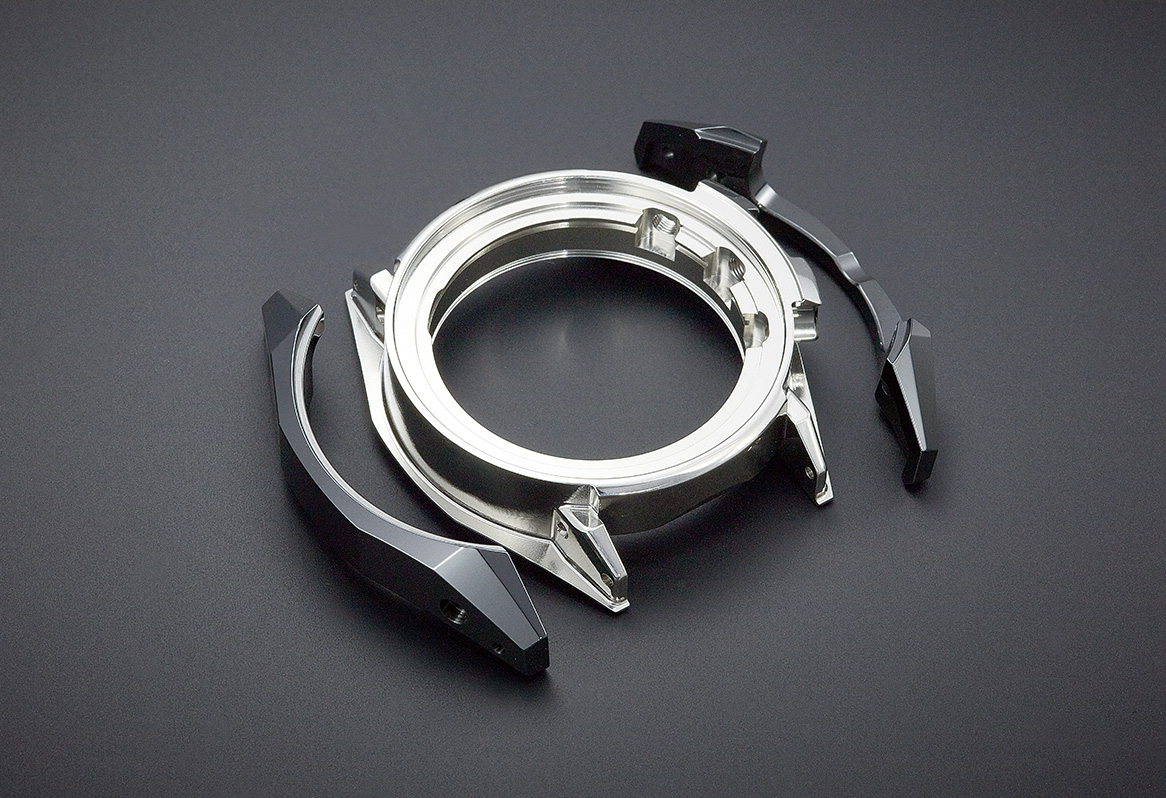Watches for sport that meet
the ideals of Grand Seiko
When most watch enthusiasts think about Grand Seiko, they imagine a refined, classic watch perfect for use in the office or in the evenings. And rightly so, as most Grand Seiko watches are designed for precision, ease of use and are created with the quiet, understated design that is quintessentially Japanese.
As the reputation of Grand Seiko grew, however, so did the desire of the design team to take the essential values of Grand Seiko into new areas and so they set their hearts on the greatest challenge of all; the creation of a diver’s watch that had all the design elements and aesthetics of Grand Seiko but also the high specifications and robustness demanded by those who dive far below the surface of the seas. The very first Grand Seiko diver’s watch made its appearance in 2008 and, almost overnight, became an essential part of the collection. More recently, the bar was raised further with a chronograph that makes full use of the very latest, strongest and most advanced materials.

The diver’s watch that first appeared in the Grand Seiko collection was powered by the 9R65 Spring Drive movement. Spring Drive was chosen because of its precision of course but, in particular, for its ability to withstand extremes of temperature and its shock resistance. It was the responsibility of case designer Toru Takiuchi to turn the images drawn by the designers into the technical drawings for each component. However, Takiuchi did not immediately set about making the drawings. “The starting point of our work was simple, namely to make the Grand Seiko diver’s watch unique and, at the same time, supremely functional.” This led Takiuchi and his team to question every assumption and to think about the design of every component in a new way. It was more than a design exercise. It was a root and branch study by designers, movement engineers and watchmakers alike of what a Grand Seiko diver’s watch should and could be.
Of course, the achievement of extremely high water resistance was an essential element in their work but by no means the only one. Like every Grand Seiko watch, their creation needed to be supremely legible, even at depth, but it needed also to be shock resistant and durable and its beauty needed to stand the test of time, even when used in the harshest of conditions. This is why the case of their 2008 creation looks as good today as it did when first designed. It is also why every component is designed in a way that allows the watch to be disassembled easily to facilitate the refurbishment of any component and the re-polishing of the case. Takiuchi’s vision was clear; “For the Grand Seiko diver’s watch, we wanted to not only focus on its external design and finish, but also to adopt a practical structure that would ensure that its owner could wear and cherish it for many, many years.”

Buoyed by the positive reaction to the 2008 Spring Drive Diver’s watch, the Grand Seiko team decided to go further and create a new generation of sports watch with the highest possible level of specification in terms of both the movement and the case materials. Their idea was to combine the Spring Drive chronograph movement with the use of ceramic. Calibre 9R86 was already the most accurate spring wound chronograph in the world and ceramic was one of the most advanced, strongest and most scratch resistant materials on earth; it felt like a perfect match. They wanted to use zirconia ceramic because it is seven times harder than stainless steel and could be treated in such a way to create a beautiful texture but a substantial problem remained. “From the point of view of quality assurance, the case cannot be made entirely of ceramic,” said Yusuke Nakabayashi, in charge of production engineering for cases. The reason was that, over time, damages or cracks might occur in places such as the lugs due to the extreme force that could be applied to the spring bars in sports situations.
The solution was the idea of using a hybrid case in which the inner case was made of high-intensity titanium and then protected by an outer “armor” of black zirconia ceramic. This decision marked the start of a long and detailed period of research in which Nakabayashi tried many combinations of shape and material. Because of the extreme hardness of ceramic, the manufacturing process had to be completely different at all stages from production to machining and polishing from that used for stainless steel. “In the beginning, we made prototypes in every shape that could possibly be made by conventional ceramic machining, but we were unable to achieve the quality and elegance required of a Grand Seiko. So, we decided to completely overhaul the process.” This was easier said than done. It proved extremely difficult to reproduce in ceramic the design elements that define Grand Seiko, especially the balance of its smooth planes and exquisite ridges, at a level equal to that of stainless steel or titanium. After struggling for some two years after the launch of the project in 2014, Nakabayashi finally succeeded in creating a case that met or exceeded all his objectives and had a unique and new visual signature. It was the first ever Grand Seiko in a black case.
